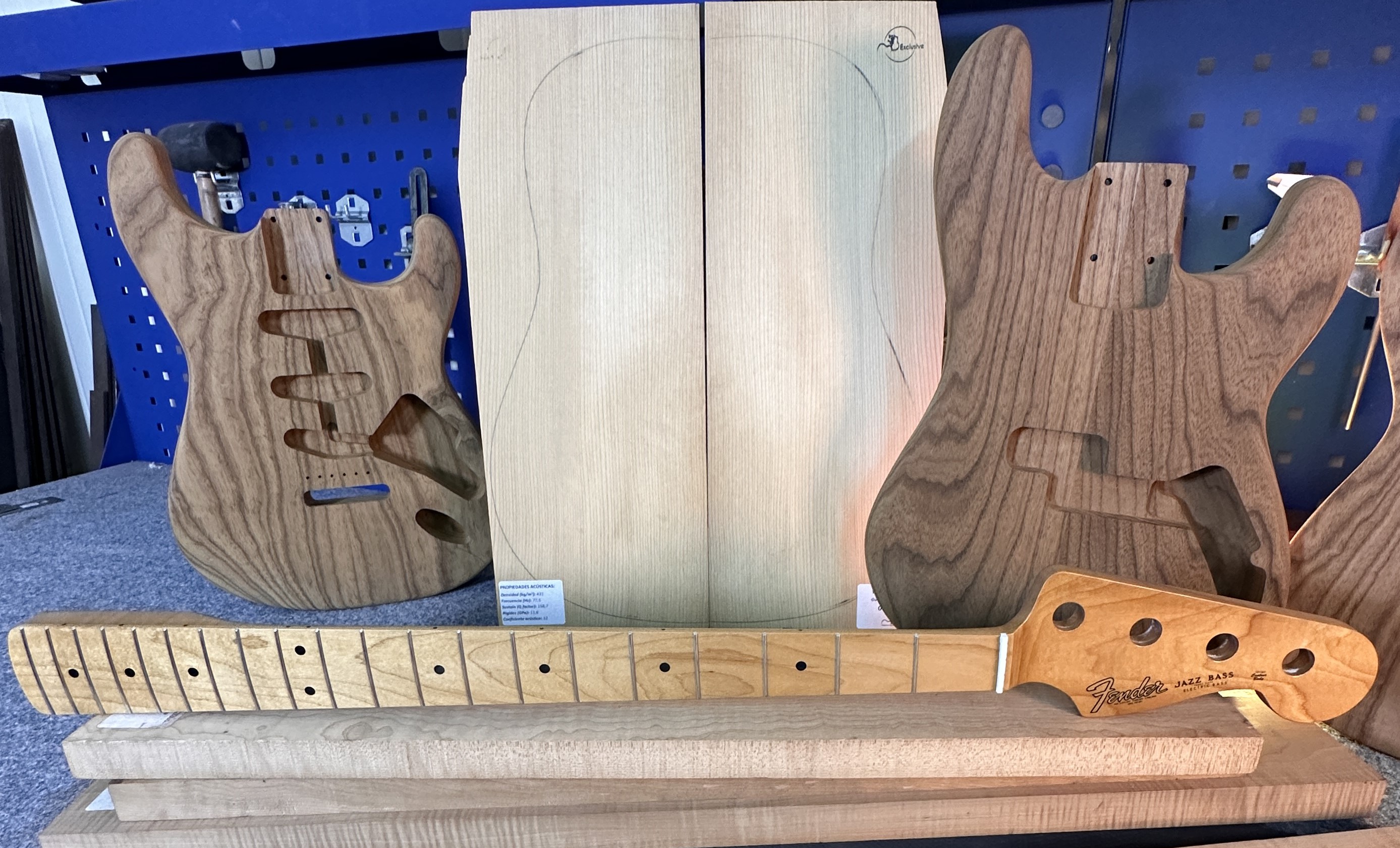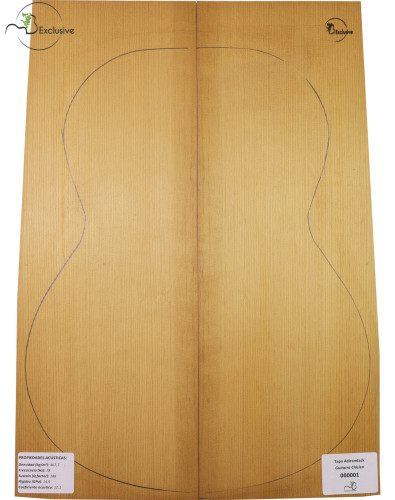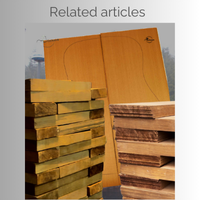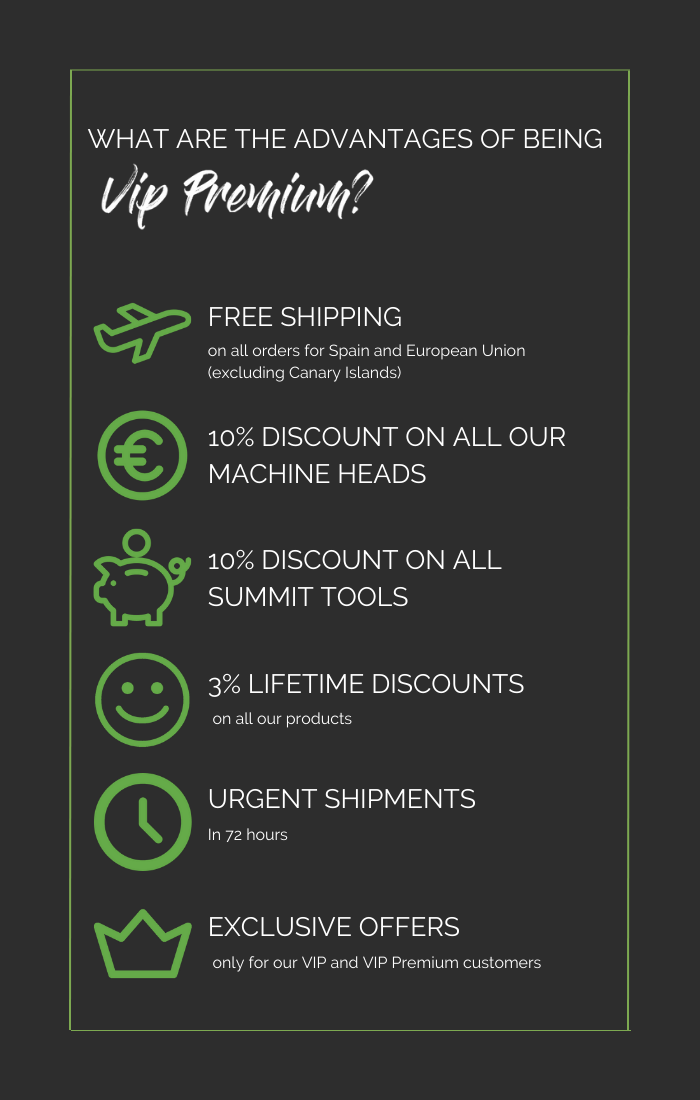- News
- 23 likes
- 1114 views
- 0 comments

Why Are Aging Techniques Key to a Great Instrument?
Wood aging is a fundamental aspect of building high-quality guitars, a key technique in crafting a great instrument. Traditionally, luthiers have valued the passage of time in woods as a way to enhance the acoustic qualities of the piece. However, waiting decades for the wood to reach those qualities isn’t always practical. For this reason, torrefaction has emerged as a technique that replicates some of those benefits in a much shorter time, modifying the physical properties of the wood through controlled heat application.
What Is Torrefaction?
Torrefaction involves exposing the wood to high temperatures in an oxygen-free environment, causing a crystallization of the cellulose and significantly reducing its moisture content. This process makes the wood more stable and gives it a different acoustic response, mimicking the natural aging that would otherwise take years. Despite the advantages it offers, not all luthiers favor this technique, as the choice depends on the type of sound they are aiming for.
Technical Process of Torrefaction
The torrefaction process is carried out in three key stages to ensure effective and controlled treatment of the wood:
1- Initial Drying:
Before applying heat, the wood’s moisture content must be reduced to 6-8% through conventional drying. This step is important to prevent the wood from being damaged during the treatment.
2- Heat Treatment:
The wood is exposed to temperatures ranging between 160 and 240 °C in an oxygen-free environment to prevent combustion. This heat alters the wood’s cellular structure, reducing its density and improving its resistance to moisture.
3- Controlled Cooling:
After the treatment, the wood is slowly cooled to avoid internal stress. The result is a more rigid and stable wood with a quicker acoustic response.
Impact on Acoustic and Structural Properties
One of the most noticeable effects of torrefaction is the speed of the guitar top’s response, which refers to how quickly the wood vibrates when a string is plucked. Guitars made with torrefied wood tend to have a faster response, producing a clearer and more precise sound—something highly valued in styles like flamenco, where projection and sound clarity are essential.
Additionally, this wood offers greater stability against changes in temperature and humidity, making it ideal for guitars that are frequently transported or played in various environmental conditions. Nevertheless, some luthiers prefer working with naturally aged woods, as torrefaction may reduce the tonal evolution that occurs over time.

Why Don’t All Luthiers Use Torrefaction?
While torrefaction is a highly valued technique, some luthiers don’t prefer it. Torrefaction is used to achieve a desirable vintage look, in addition to stabilizing the wood and improving its resistance to environmental changes. However, some artisans prefer to work with untreated woods. The choice between torrefied or untreated wood depends on the focus and style that each luthier wants to bring to their creations.
Other Wood Aging Techniques
Although torrefaction has gained popularity, it is not the only option for aging wood. Other less common methods in lutherie include:
- Chemical Treatment:
Some luthiers have experimented with using chemicals to accelerate the aging of wood. Acids or salts can alter its color and, to a lesser extent, its acoustic response. However, these methods haven’t gained the same level of acceptance as torrefaction due to their unpredictable results.
- Natural Drying:
The most traditional option remains allowing the wood to age naturally over the years. This process is slow and expensive, but many luthiers consider it indispensable for achieving an authentic and mature sound.
- Forced Drying in Chambers:
Similar to torrefaction but using less extreme temperatures, this method allows for quick and controlled moisture removal from the wood, though without altering its cellular structure as much.
Versatility in Instrument Construction
Ultimately, the choice to use torrefied wood or not depends on each luthier, but it’s undeniable that this technique adds versatility to wood in instrument construction. Those seeking an instrument with clear projection and immediate sound may opt for this technique. However, those who value the natural tonal development of wood and its evolution over time may prefer using untreated wood.
The most important thing is recognizing that there is no universally superior technique. Each wood aging method contributes something different to the instrument’s final character, and the choice will depend on the specific design and sound goals being pursued.
Discover the Advantages of Torrefaction with Maderas Barber
Discover the advantages of torrefaction with Maderas Barber. In our online store, you’ll find a selection of torrefied pieces of the highest quality, such as Adirondack and Engelmann guitar tops, ideal for improving the resonance and tone of your instrument. We also offer ash tops for electric or bass guitars, which provide the perfect combination of lightness and durability. Additionally, we offer MB Exclusive Stratocaster-style bodies and Fender® finished necks, precisely crafted to ensure an exceptional fit and finish. Enhance your instrument with carefully selected pieces that offer a unique sound and performance.
Discover Maderas Barber's torrefied woods
In our online store you will find the best roasted woods.
Discover Maderas Barber's torrefied woods
In our online store you will find the best roasted woods.









